Every five years, we undergo a rigorous international evaluation process that involves hundreds of resuscitation scientists and experts who evaluate thousands of peer-reviewed publications to update our Guidelines Update for Cardiopulmonary Resuscitation (CPR) and Emergency Cardiovascular Care (ECC). The guidelines, published today in Circulation: Journal of the American Heart Association and are based off the latest resuscitation research, have been published since 1966 to provide science-based recommendations for treating cardiovascular emergencies – particularly cardiac arrest in adults, children, infants and newborns.
This 2015 update confirms known CPR recommendations from 2010, with several quality enhancements to help save even more lives, including a range for the rate and depth of chest compressions during CPR. Overall, the new guidelines highlight the importance of a strengthened system of care by healthcare professionals, immediate bystander response, and employing mobile technology to speed up the rescue of cardiac arrest victims.
More than 326,000 people experience cardiac arrest outside of a hospital each year and about 90 percent of them die, often because bystanders don’t know how to start CPR or are afraid they’ll do something wrong. The 2015 guidelines say high-quality CPR training for both bystanders and healthcare providers will help them feel more confident to act and provide better CPR to cardiac arrest victims. This guidelines update, which is intended to evolve CPR training, also recommends that all bystanders should act quickly and use mobile phones to alert dispatchers, with the ultimate goal of having immediate CPR given to all victims of cardiac arrest.
“Everyone has a role to play in the Chain of Survival – from bystanders to dispatchers, emergency responders to healthcare providers,” said Dr. Mark A. Creager, president of the American Heart Association and professor of medicine at Geisel School of Medicine at Dartmouth and director of the Heart and Vascular Center at the Dartmouth-Hitchcock Medical Center in Lebanon, NH. “When everyone knows their role, knows CPR and works together, we can dramatically improve cardiac arrest victims’ chances of survival.”
Please visit 2015ECCguidelines.heart.org for a full compendium of all the association’s scientific findings. Also today, the American Heart Association and the American Red Cross jointly released the 2015 Guidelines Update for First Aid. We have co-sponsored the development and publication of these guidelines since 2005.
